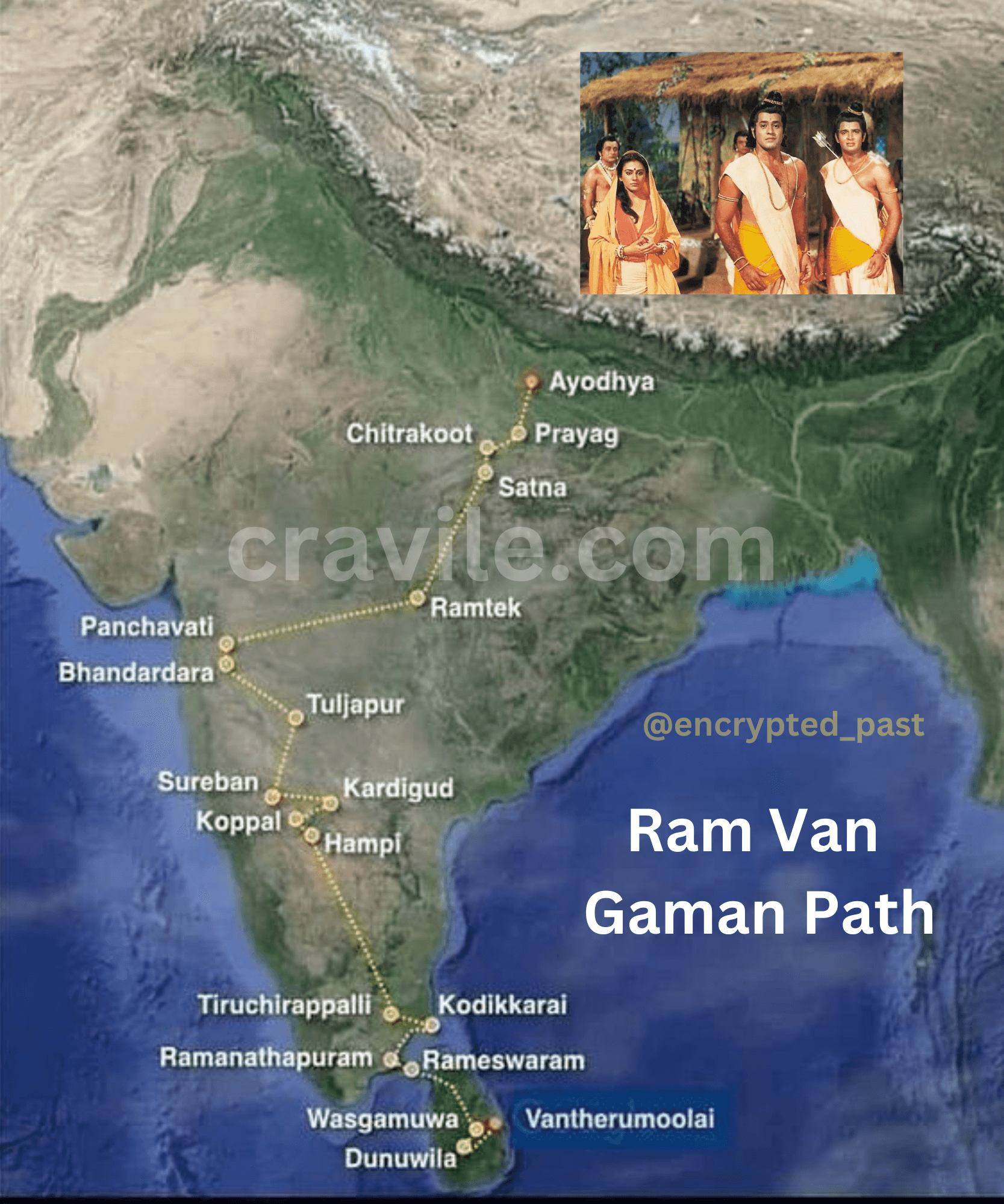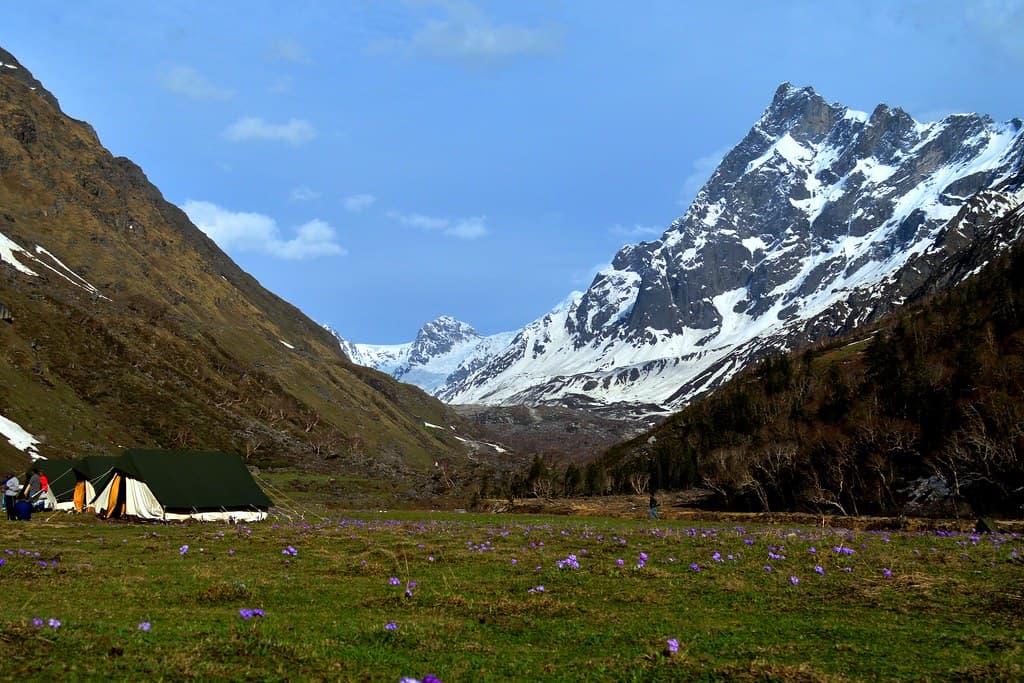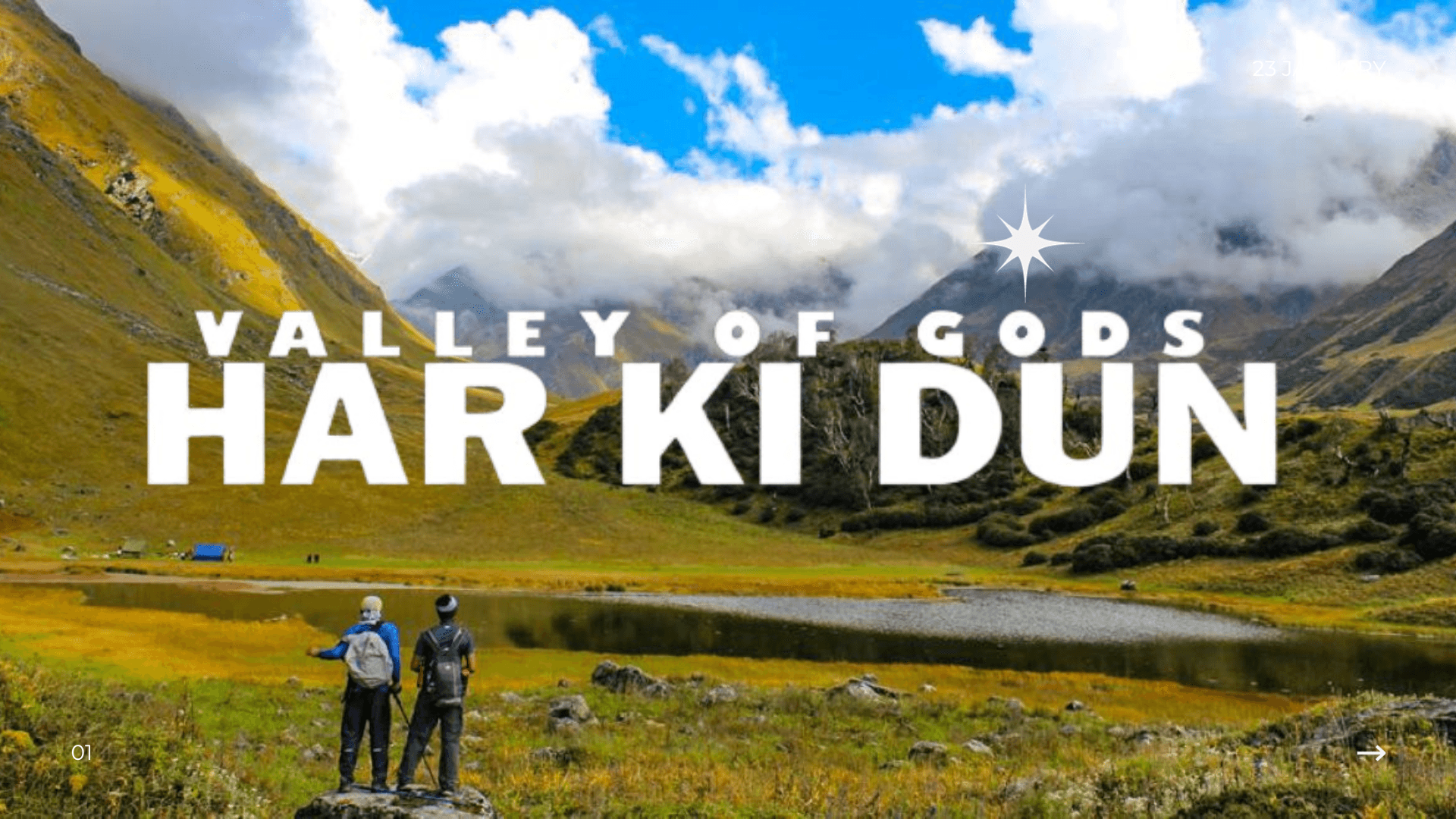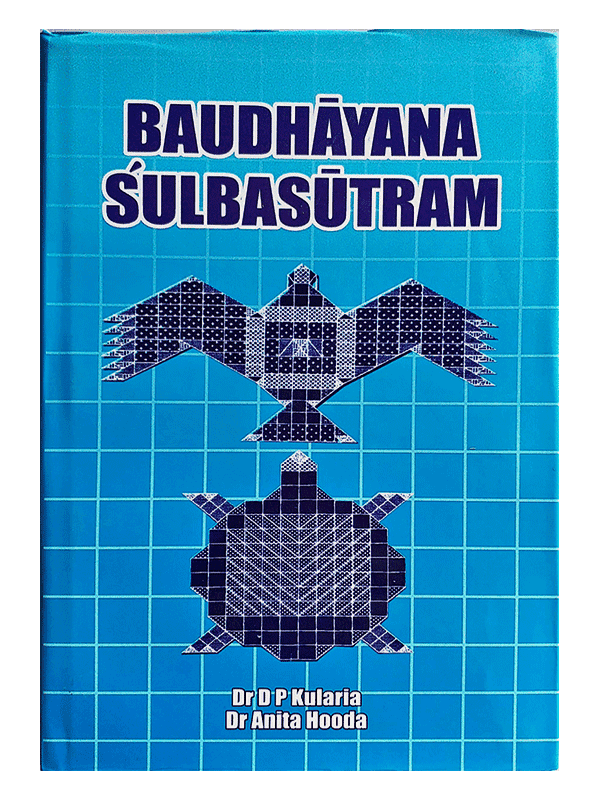Ram Van Gaman Path | Shri Ramchandra's Exile Path - Ramayan
The Ram Van Gaman Path is the path that Lord Rama, Sita and Lakshmana took during their exile years. It starts from Ayodhya and ends at Sri Lanka. This path is much revered in the Hindu religion as various key incidents of Lord Rama’s life have taken place on this path.

The Ram Van Gaman Path covers various places across India and Sri Lanka, where Rama and his companions encountered various challenges, adventures and miracles. Some of the most prominent places are:
-
Ayodhya: The birthplace and capital of Rama, where he was crowned as the prince and later banished by his stepmother Kaikeyi. Ayodhya is one of the seven holy cities in Hinduism, and is considered to be the cradle of civilization. It is also the site of the Ram Janmabhoomi, the birthplace of Rama, which is revered as a sacred shrine by millions of devotees. Ayodhya is also home to many temples, ghats, ashrams and monuments that celebrate the glory of Rama and his dynasty¹.
-
Tamsa River: The place where Rama, Sita and Lakshmana crossed the Tamsa river by a boat. Tamsa river is 20 km away from Ayodhya.
-
Shringverpur: The first stop of the exile path, where Rama, Sita and Lakshmana rested for a night before proceeding further. Sultanpur is located on the banks of the Gomti river. where they met nishadraj guh. right here they asked kevat to make them cross the river. Shringverpur is now know as Sangroor.
-
Kurai village The place where Shri Ram stopped after crossing the Gomti river in Singraur along with his brother Lakshman and his wife Sita.
-
Prayagraj: The confluence of the Ganga, Yamuna and Saraswati rivers, forming a holy confluence known as Triveni Sangam. Prayagraj is one of the most sacred and ancient cities in India. It is the place where Rama, Sita and Lakshmana met Nishadraj Guha, the king of the Nishadas, who offered them hospitality and friendship. Rama also met the sage Bharadwaj, who advised him to go to Chitrakoot.
-
Chitrakoot: The place where Rama, Sita and Lakshmana spent 11 years of their exile, living in a hermitage on the Kamadgiri hill. Chitrakoot is the place where Rama performed the funeral rites of his father Dasharatha, who died of grief after Rama's departure. It is also the place where Rama's brother Bharata came to persuade him to return to Ayodhya, but Rama refused and gave him his sandals to rule in his stead. Chitrakoot is also the place where Rama met many sages, saints and deities, who blessed him and helped him in his mission. Chitrakoot has many temples, caves, ponds and rocks that commemorate the events and episodes of Rama's life¹.
-
Satna: The place where Rama, Sita and Lakshmana visited the ashram of Atri and Anasuya, a couple of renowned sages who had attained great powers and virtues through their penance. Atri and Anasuya welcomed the exiles with great respect and affection, and offered them food and shelter. Anasuya also gave Sita a divine necklace and some clothes that would never wear out or get dirty. She also taught Sita some secrets of womanhood and marital bliss. Satna is also the place where Rama met the celestial sage Agastya, who gave him a powerful bow and arrow, and a divine mantra to invoke the blessings of the sun god².
-
Panchvati Nashik: Panchvati is situated on the left banks of sacred river Godavari in Nashik city. It is said that Lord Rama and Sita along with Lakshmana stayed at Panchvati for some time. Thus Panchvati has gained holy importance. There are five Banyan (Vad) trees and hence the area is called Panchvati. Nearby is Sita Gumpha (cave) where Sita is said to have stayed for some time¹²³.
-
Pranshala: Pranshala is the place where Rama and Sita were tricked by the demon Maricha, who disguised himself as a golden deer and lured Sita away from the hut. Rama chased the deer and killed it, but not before it cried out for help in Rama's voice. Sita heard the cry and asked Lakshmana to go and help Rama. Lakshmana reluctantly left Sita alone, after drawing a protective line around the hut. This was the opportunity that Ravana was waiting for, and he came in the guise of a sage and abducted Sita, crossing the line.
-
Sarvateerth: Sarvateerth is a sacred place on the banks of Godavari river, where Rama performed the last rites of Jatayu, the vulture king who sacrificed his life to save Sita from Ravana. Rama also learned from Jatayu that Sita was taken to the south by Ravana. Sarvateerth has a temple dedicated to Rama and Jatayu, where their footprints are worshipped⁴.
-
Tungabhadra river: Tungabhadra river is a tributary of the Krishna river, and flows through the states of Karnataka and Andhra Pradesh. It is the place where Rama met Shabari, a devout woman who belonged to a low caste. Shabari had been waiting for Rama for a long time, and offered him fruits and berries that she had tasted herself to ensure their sweetness. Rama accepted her humble offering and blessed her with his grace. He also met Hanuman, the son of the wind god, who was sent by Sugriva to find out who Rama was. Rama and Hanuman became friends and allies, and Hanuman took Rama to Kishkindha, the kingdom of the monkeys. where Rama formed an alliance with the monkey king Sugriva, and helped him defeat his brother Bali and regain his throne¹.
-
Rameshwaram: The gateway to Lanka, where Rama, along with his army of monkeys and bears, reached the shore of the Indian Ocean, and prepared to cross over to Lanka, where Ravana had imprisoned Sita. Rameshwaram is a holy island, connected to the mainland by a bridge. It is the place where Rama worshipped Shiva, the destroyer god, and sought his blessings for the war. It is also the place where Rama built a bridge across the sea, with the help of the monkey architect Nala, who used the rocks and stones that floated on the water by the power of Rama's name. Rameshwaram is also the place where Rama met Vibhishana, the brother of Ravana, who defected to Rama's side and revealed the secrets of Lanka's fortifications and Ravana's weaknesses.
-
Lanka: The island kingdom of Ravana, where he had taken Sita as a captive, and kept her in a grove called Ashoka Vatika. Lanka is the place where Rama and his allies waged a fierce and epic war against Ravana and his army of demons, who had formidable weapons and powers. Lanka is the place where Rama displayed his supreme valor and skill, as he fought and killed many powerful enemies, such as Kumbhakarna, the giant brother of Ravana; Indrajit, the son of Ravana, who had the boon of invisibility; and Ravana himself, who had ten heads and twenty arms, and could not be killed by any ordinary weapon. Lanka is also the place where Rama finally rescued Sita, after proving her purity by the fire test. Lanka is also the place where Rama crowned Vibhishana as the new king of Lanka, and restored peace and harmony in the land. Lanka is now known as Sri Lanka, and has many places that are connected to the Ramayana, such as Ashoka Vatika, where Sita was held captive; Ravana's palace, where Rama and Ravana had their final duel; and Rama Setu, the bridge that Rama built across the sea¹.
These are some of the main places that are part of the Ram Van Gaman Path, a journey of faith and adventure, that traces the footsteps of Rama, the ideal man and the hero of the Ramayana. The Ram Van Gaman Path is a way of reliving the story of Rama, and experiencing his grace and glory. The Ram Van Gaman Path is a testimony of the rich and diverse cultural and religious heritage of India.





